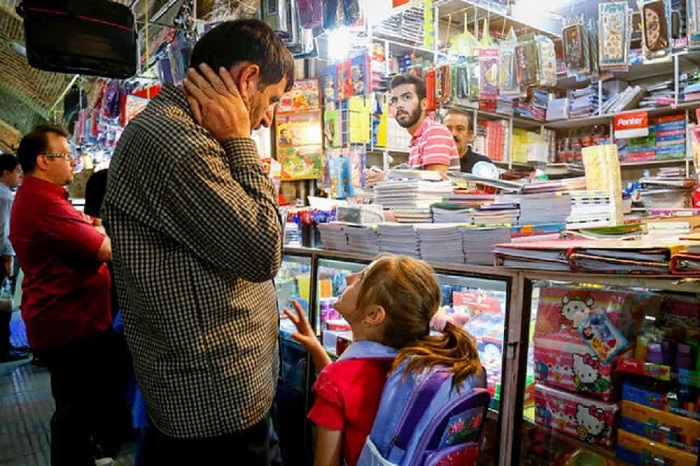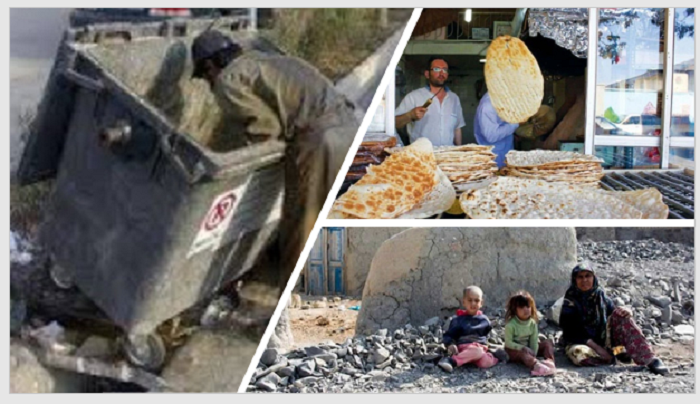

As the majority of Iranians grapple with the chains of financial hardships, the elite minority enjoy privileges that underscore an escalating social divide.
Hyperinflation and unemployment have become hallmark challenges for the Iranian population, pushing the bounds of endurance to unimaginable limits. The maze of economic pitfalls is further accentuated by what insiders from the Iranian regime refer to as the “black hole” of corruption.
Majid Hosseini, a regime-affiliated expert, in a statement to the state-run Didarnews, pointed out the inherent favoritism the system offers to the wealthy. He remarked, “The framework that exists not only benefits the rich but also ensures the perpetuation of their prosperity.” A glaring example he cited was housing inflation, which remains a thorn in the side of every Iranian outside the ruling elite. Access to basic needs like education and healthcare is now a mirage for the bottom 30%.
The recently revealed classified documents shed light on the IRGC's control over Iran's oil revenue, underscoring the regime's corruption and economic mismanagement.https://t.co/genvxrs91b
— NCRI-FAC (@iran_policy) May 24, 2023
Meanwhile, the regime has turned a blind eye to the conspicuous decline in tax contributions from major players in the economy. Hosseini highlighted how 12 petrochemical companies, which contributed $12 billion in taxes in 2005, managed to pay only two billion dollars this year. Furthermore, Khabaronline, a state-run website, disclosed that while ordinary Iranian employees account for ten percent of the total taxes, significant financial entities escape this responsibility.
The plight of the common people was further exacerbated when the official Iran newspaper acknowledged in June 2023 that the 79% tax increase would intensify economic woes and accentuate the recession.
Data from the Jamaran website reveals that 13 to 19 million Iranians are now forced to inhabit shantytowns and the outskirts of cities. Alarmingly, while millions live in these precarious conditions, 2.5 million houses remain unoccupied.

Recent reports shed light on another layer of the crisis. EghtesadNews reported that embezzlement scandals involving colossal sums, one amounting to 30 trillion rials and another touching 290 trillion rials, have rocked the nation.
In conclusion, Iran’s economic landscape is marred by a nexus of hyperinflation, unemployment, and corruption. The burgeoning inequality is a testament to the regime’s glaring mismanagement. As the chasm between the elite and the masses widens, the fervent hope for a brighter, more equitable future gains momentum. Iranians, burdened by a skewed system, yearn for a change, aspiring to liberate themselves from the regime’s oppressive clutches.

MEK Iran (follow us on Twitter and Facebook), Maryam Rajavi’s on her site, Twitter & Facebook, NCRI (Twitter & Facebook), and People’s Mojahedin Organization of Iran – MEK IRAN – YouTu







